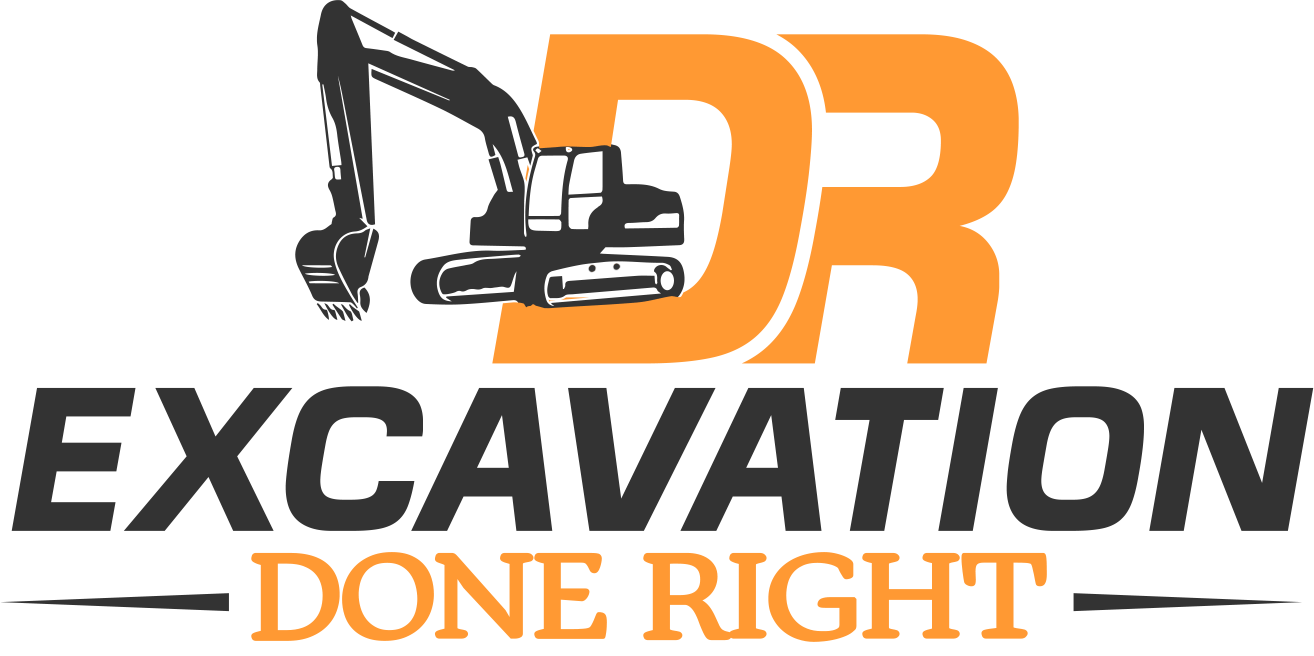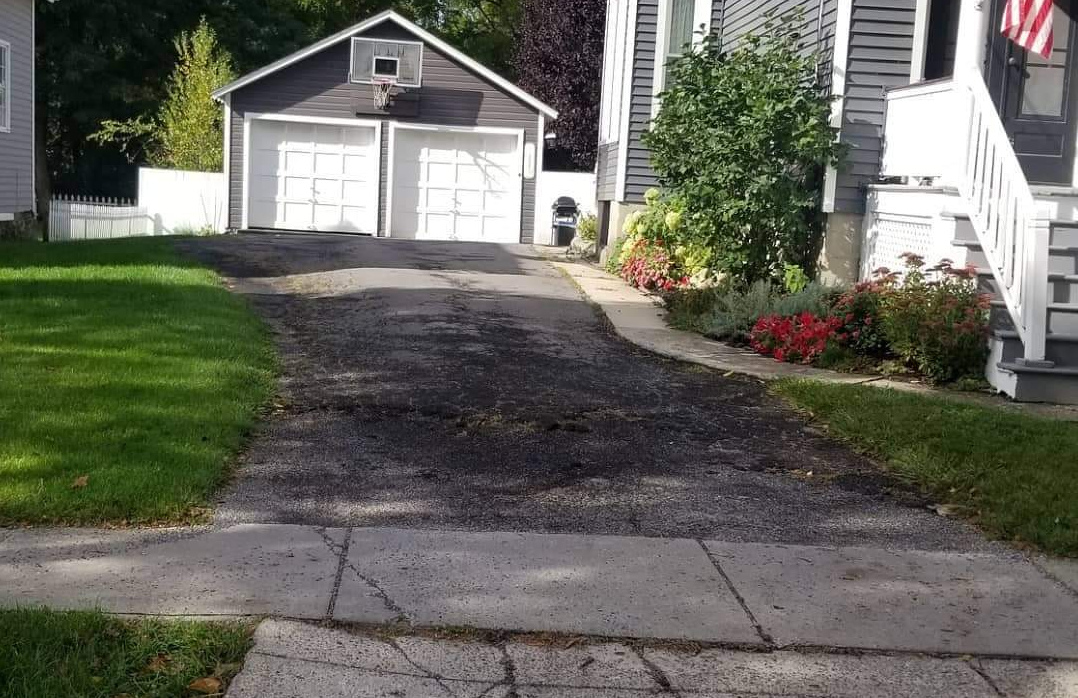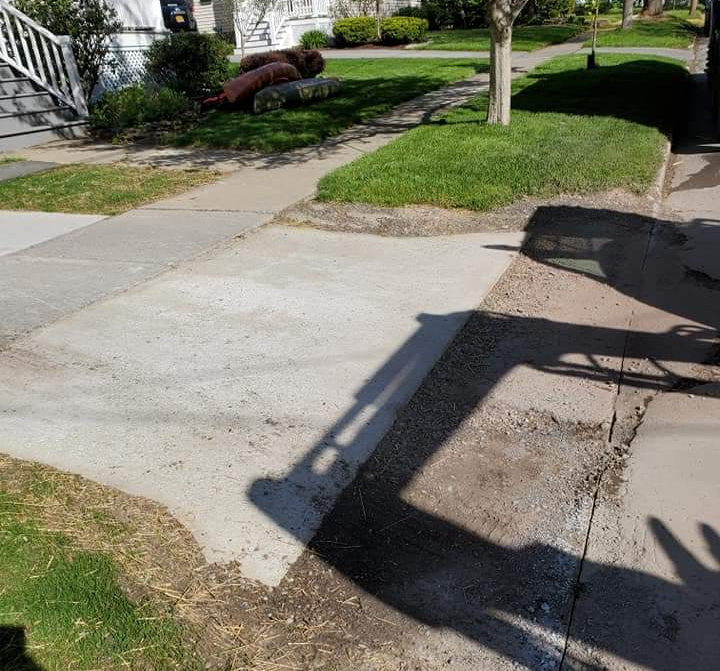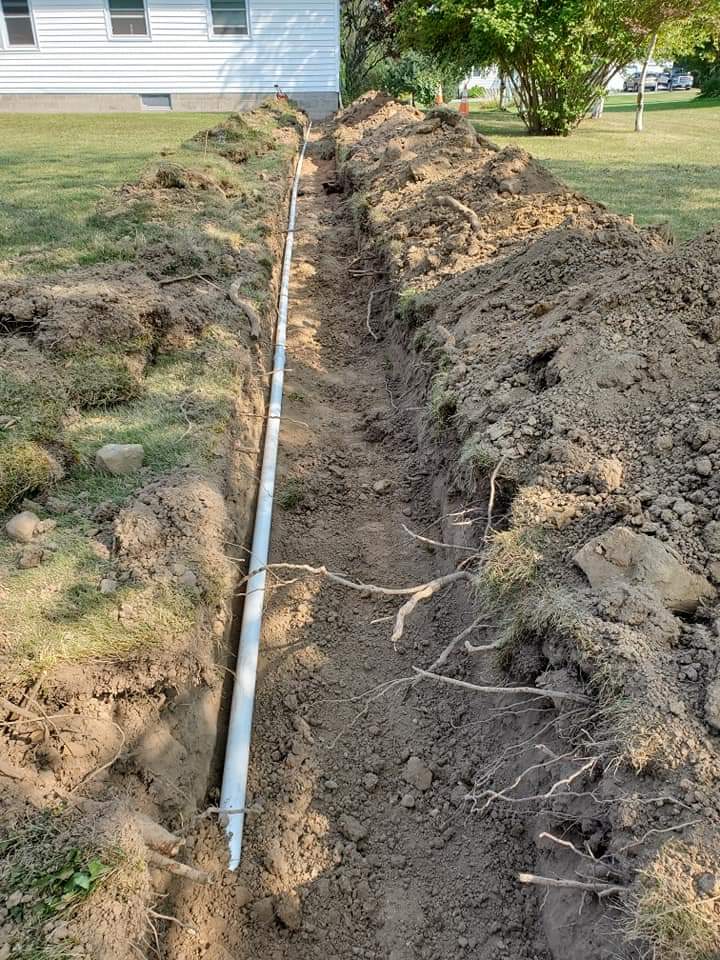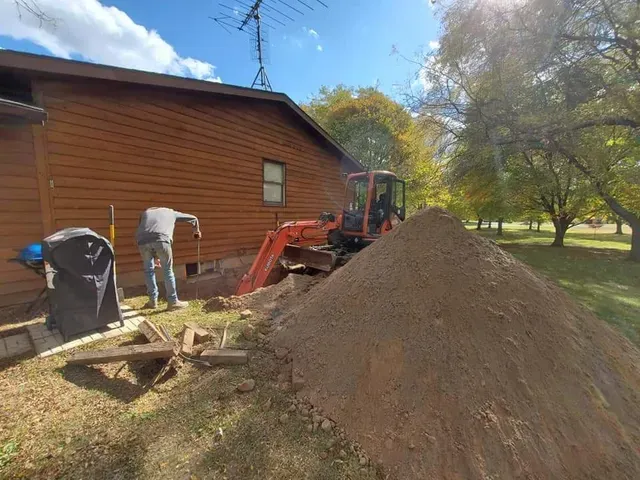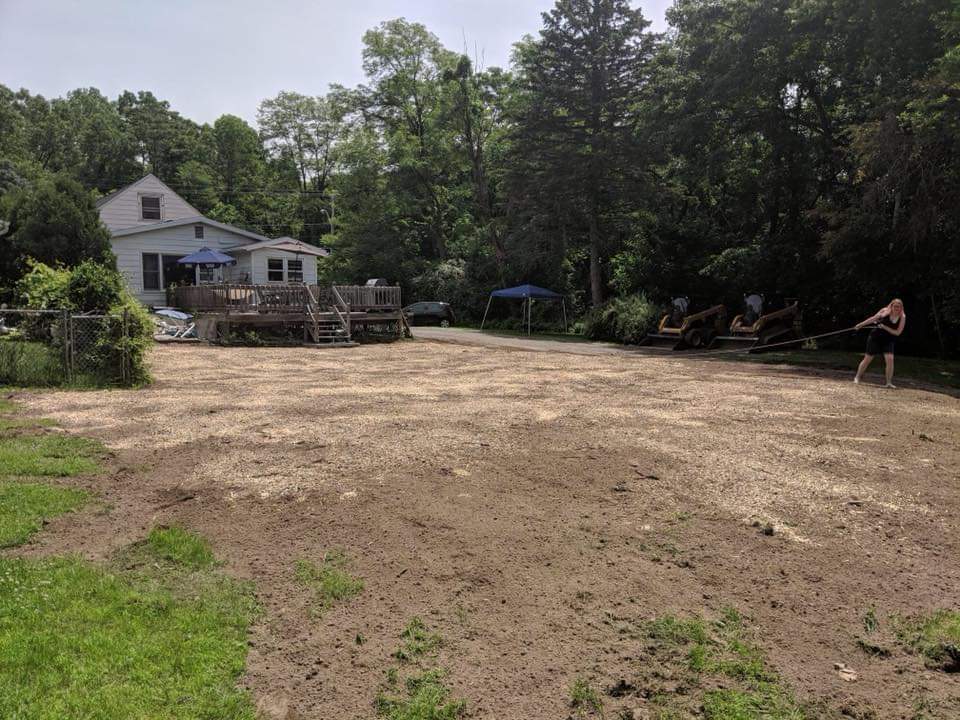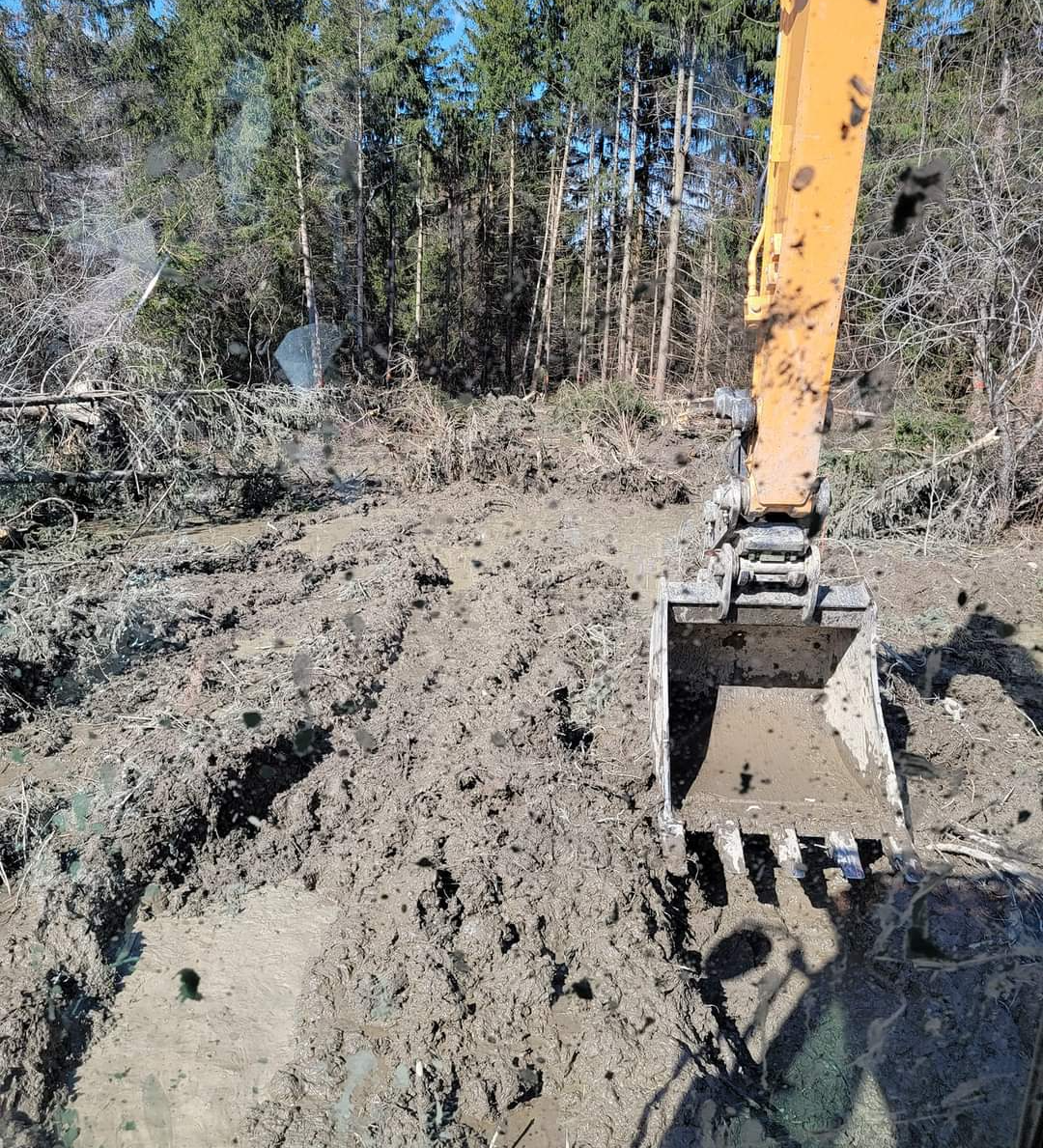We've been providing excellent service as
Culvert Installation Contractors
...for over 20 years!
Culvert Installation Contractors
Installing culverts in excavation demands meticulous planning. Uneven ground poses a risk to drainage, potentially leading to culvert collapse.
Ground stability is paramount to prevent sinking or damage, and soil type dictates the level of caution required during excavation, particularly in erosion-prone areas.
The careful selection of culvert size and shape is vital, ensuring alignment with project requirements. Thorough consideration of these factors is critical for a successful installation, optimizing functionality and durability.
A comprehensive approach that addresses ground topography, soil composition, and culvert specifications contributes to the project's overall success.
In navigating these considerations, excavation contractors can ensure a seamless and effective culvert installation process.
Culvert Installation Specialists
We strongly believe that the safe and effective passage of water is important for culvert installations.
Considering the particular safety specifications of each project in order to ensure quality water conveyance systems is of central importance in these types of jobs.
At D R Excavation Contractor, we have years of professional experience when comes to installing culverts and other drainage structures.
Request a free quote from one of our expert contractors today, or keep reading to learn more about culverts & their installation.
Culvert Overview
A culvert is a drainage structure that allows water to flow under a road, railroad, trail, or other obstruction.
They are typically made of concrete, metal, or plastic and are often used in conjunction with pipes and ditches.
Culverts come in a variety of sizes and shapes, and their design must take into account the amount of water to be drained, the terrain, the soil type, and the load-bearing capacity of the materials used.
In short, culverts are an essential part of any drainage system and are vital for preventing flooding and maintaining road safety.
Types of Culverts
Culvert types include pipes for smaller waterways, box culverts for larger volumes, arches, slabs, pipe arches, and elliptical culverts.
Process of a Culvert
Culvert installation involves site preparation, excavation, and careful placement of the culvert. Factors like water flow, materials, and environmental impact are considered to ensure effectiveness and longevity in drainage systems.
Installation of Culvert Systems
Culvert installation involves constructing a drainage pipe beneath structures like driveways and roads. This complex process requires coordination among various contractors and crews.
The process involves clearing and preparing the excavation area, removing debris, and supporting the ground for construction equipment. Careful soil removal is crucial to reach the needed depth for the culvert without compromising water flow during rain.
After excavation and connecting necessary lines, crews layer stone and materials to seal and protect the culvert's interior. Meticulous attention to detail is essential for correct execution and seamless water flow within new and existing underground infrastructure. Culvert installation is vital for drainage systems, demanding careful execution for optimal functionality.
Culvert Inspection
Culverts, constantly exposed to water, can deteriorate over time, necessitating replacement. Culvert inspection is a vital process to assess their condition and detect potential issues.
The inspection commences with a visual examination, searching for signs of corrosion or damage. The contractor then assesses the culvert's capacity by measuring water flow. This information helps determine whether repair or replacement is necessary.
Sometimes, a thorough cleaning may suffice to enhance the culvert's functionality. Culvert inspections are crucial for ensuring the safety and effectiveness of
drainage systems.
Baseline Structure Measurements
When evaluating a culvert's baseline measurement, crucial factors come into play. The type and size of the culvert are paramount, impacting its water-carrying capacity. The materials used for construction also contribute to the baseline, influencing durability and resistance to wear.
Moreover, the culvert's orientation in relation to the surrounding environment is a key consideration. Sloping terrain and other topographic features can affect water flow through the culvert.
It is imperative to consider these factors collectively to accurately measure the culvert's baseline capacity. This ensures its effectiveness in handling water runoff from storms, rainfall, and snowmelt.
Costs and Estimations
Culvert installation costs are influenced by several factors. The size and complexity of the culvert play a significant role; larger culverts require more materials and labor, resulting in higher costs. The terrain also affects expenses, with flat and accessible sites being more affordable compared to hilly or challenging locations.
Additional costs include safety measures and haulage for material transportation. Soil type and the necessity for special equipment or permits further impact the overall expense. A thorough consideration of these factors enables your culvert installation contractor to provide an accurate project estimate.
Contact us today for a free estimate on any culvert installation needs, allowing us to assess the specific requirements and provide a comprehensive cost breakdown tailored to your project.
FAQ's About Culvert Installation
Contact Us Today For A Free Quote
Our company has years of experience in excavating all sorts of land, from small residential properties to large commercial ones. We have the equipment and manpower to get the job done quickly and efficiently. Contact us today to get started on your project!
